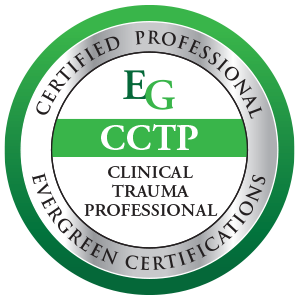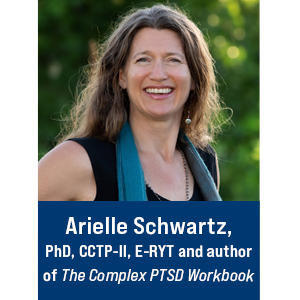Objectives
- Identify the brain regions involved in trauma.
- Determine the clinical implications of the freeze response in trauma treatment.
- Determine how clinicians can assess for simple, complex, and intergenerational trauma.
- Evaluate how bottom-up techniques like grounding and breathwork can increase felt safety.
- Evaluate methods clinicians can use to gauge when clients are ready for intense trauma work.
- Utilize polyvagal theory as coregulation in psychotherapy.
- Choose narrative therapy exercises to talk about hotspots.
- Determine how somatic approaches can be used to address the physical symptoms of trauma.
- Choose CBT techniques to “slow” emotions.
- Use EMDR-based techniques to resolve traumatic memories.
- Differentiate between EMDR, EFT, and neuromodulation approaches.
- Utilize parts work therapy techniques for working with anger in trauma treatment.
- Integrate EMDR interventions in the treatment of Complex PTSD.
- Develop resilience and personal growth through reintegration strategies.
- Identify the potential risks and limitations of trauma treatment techniques.






